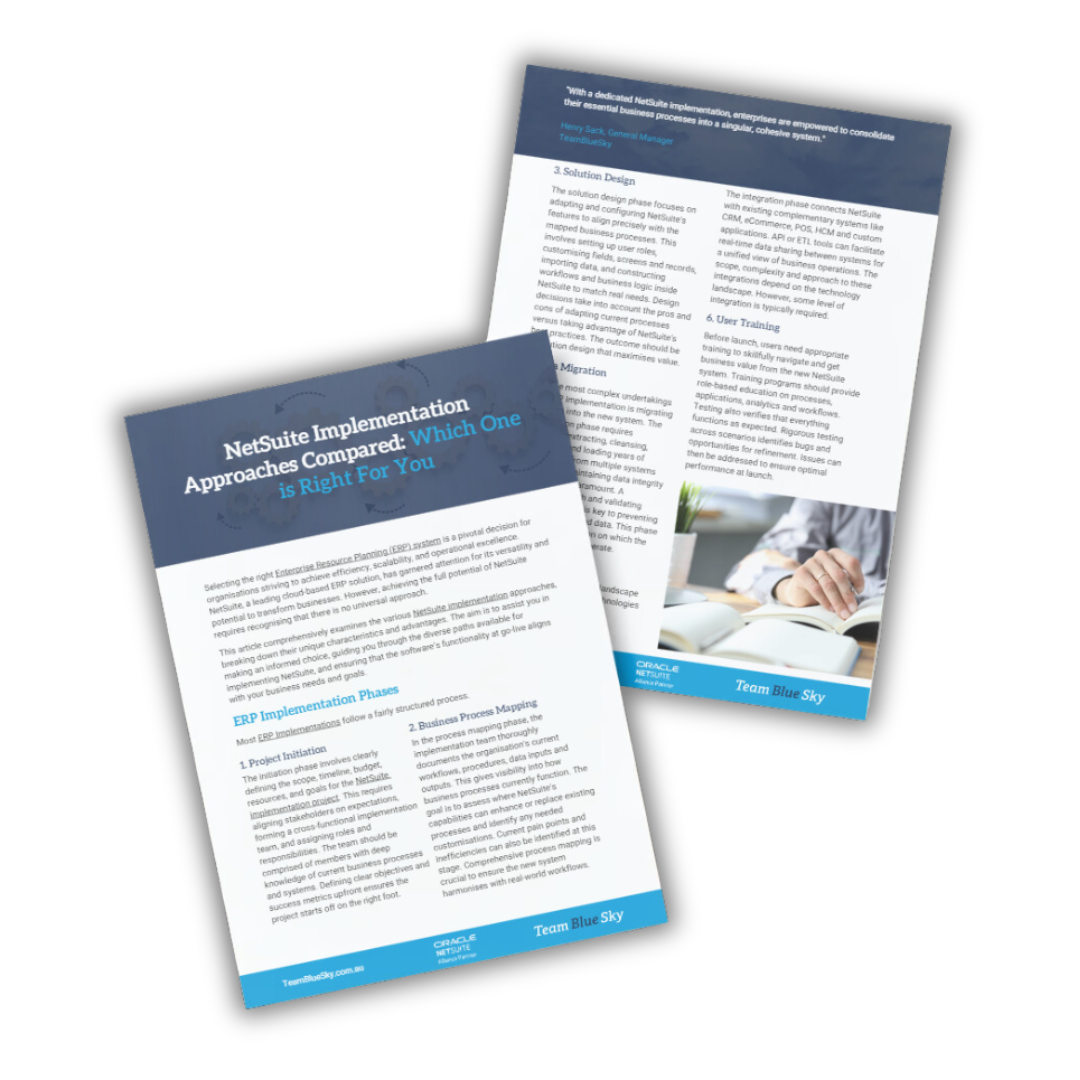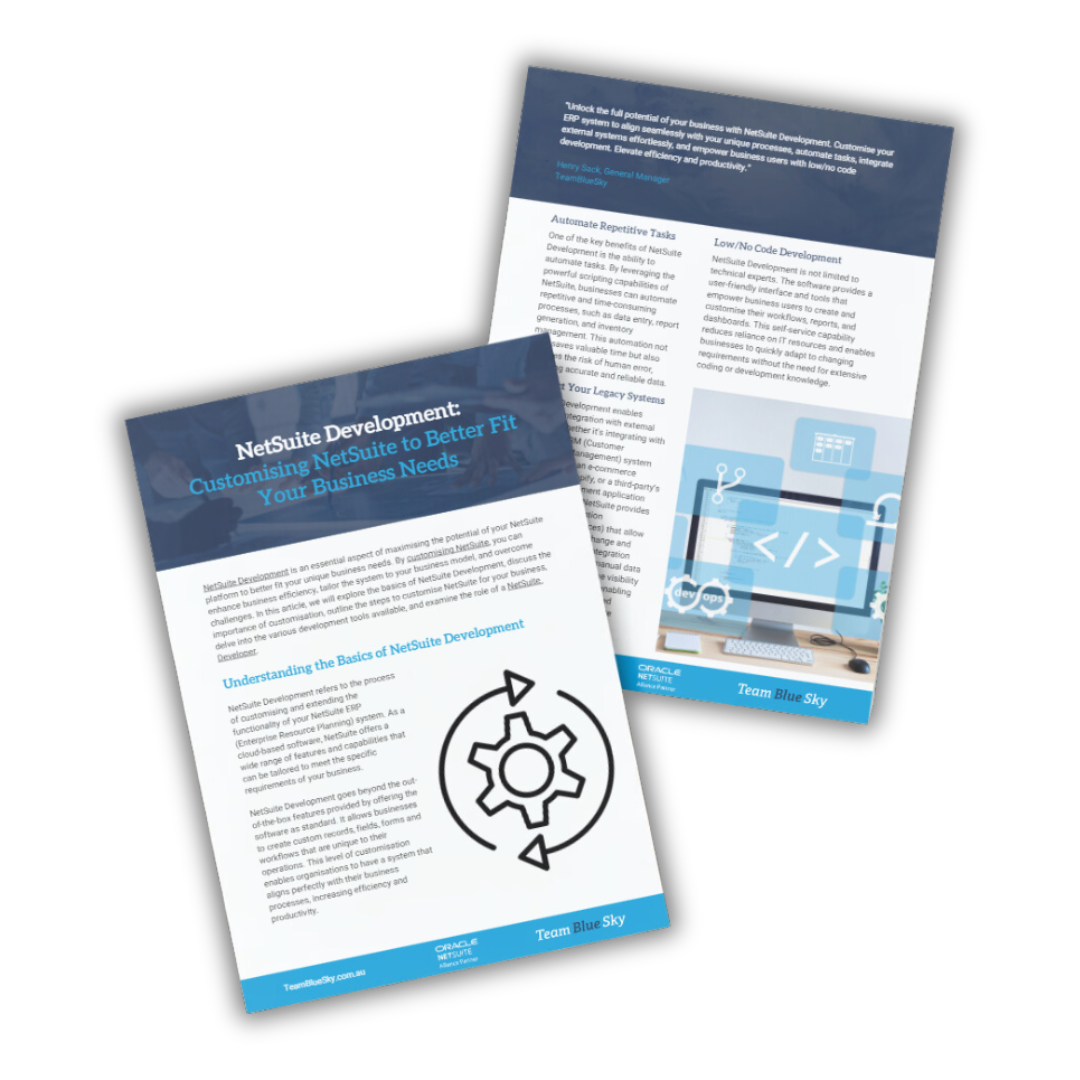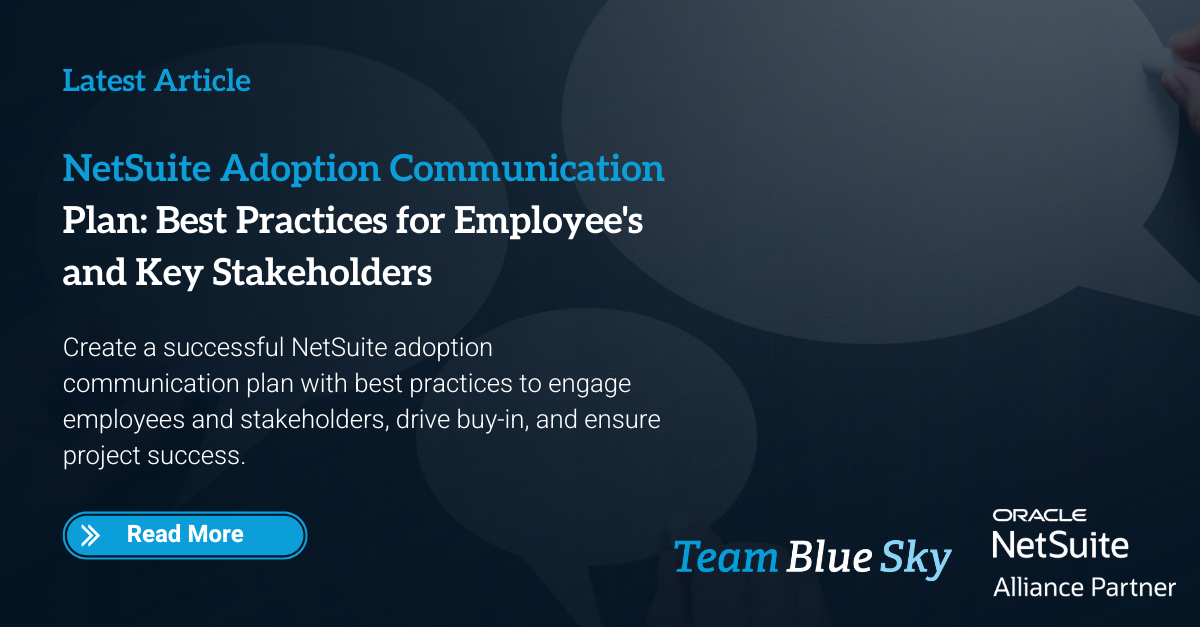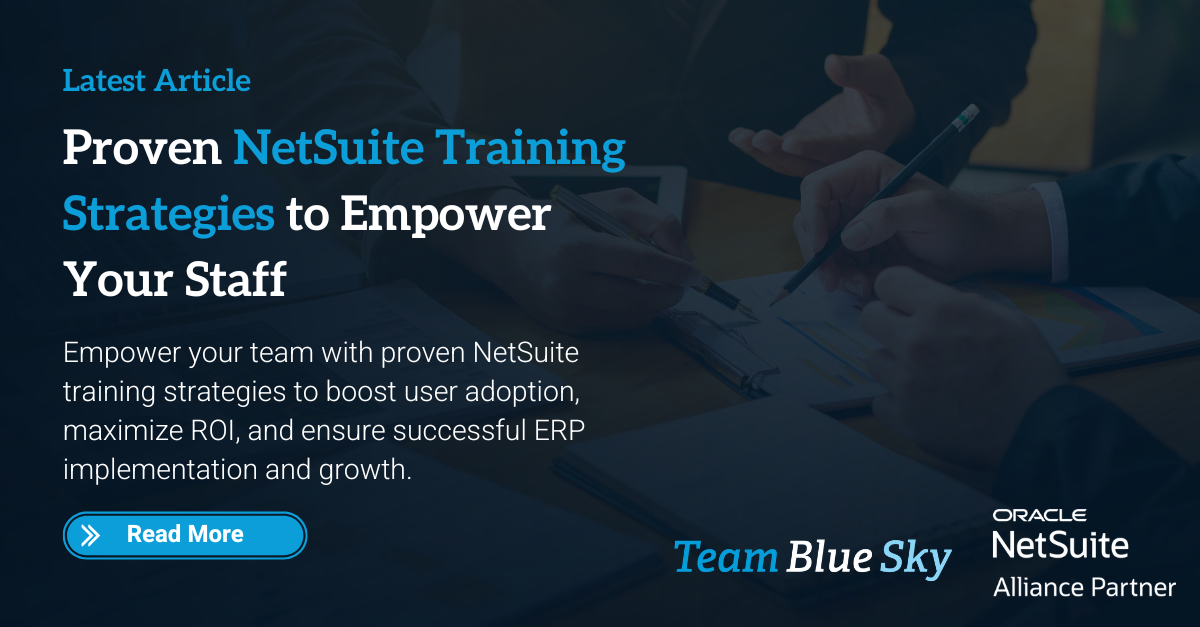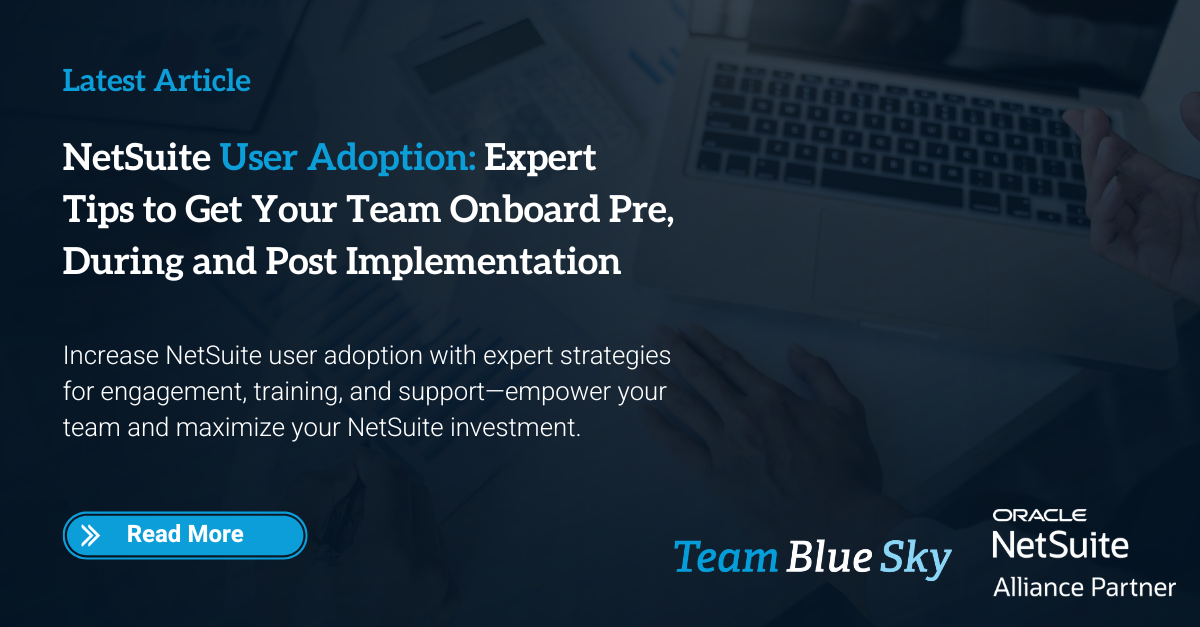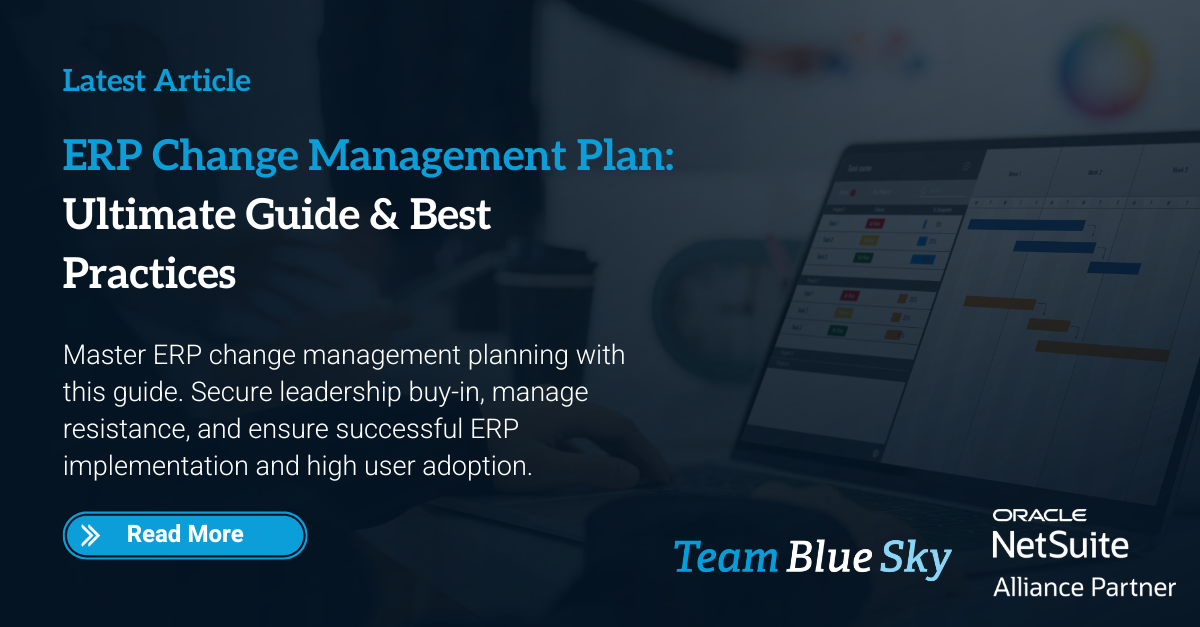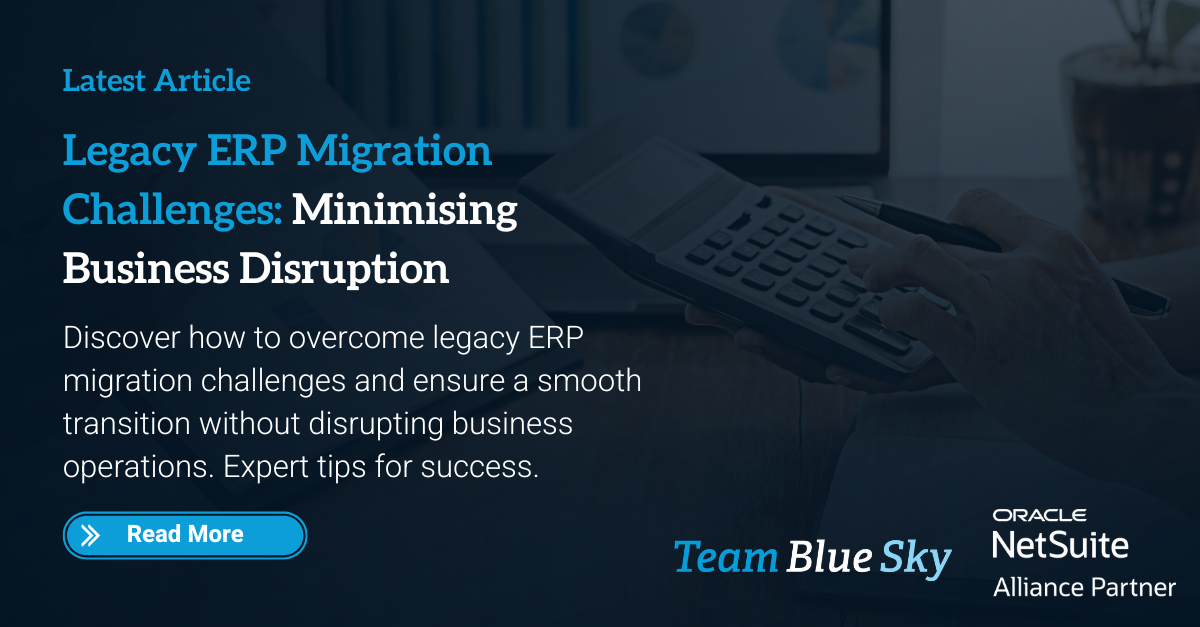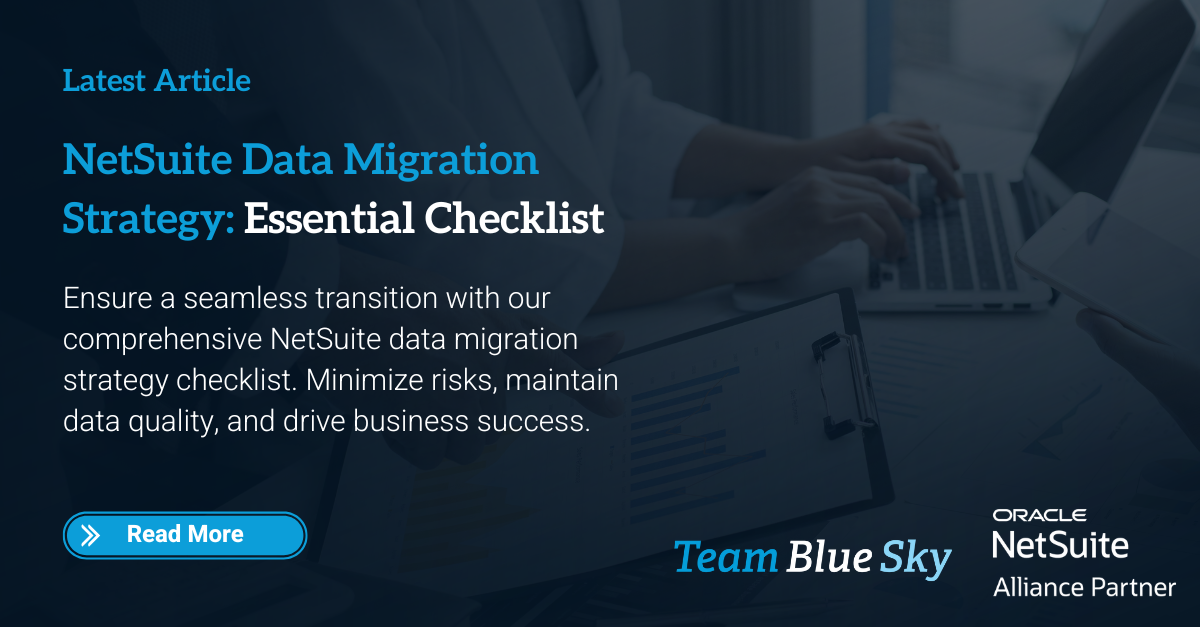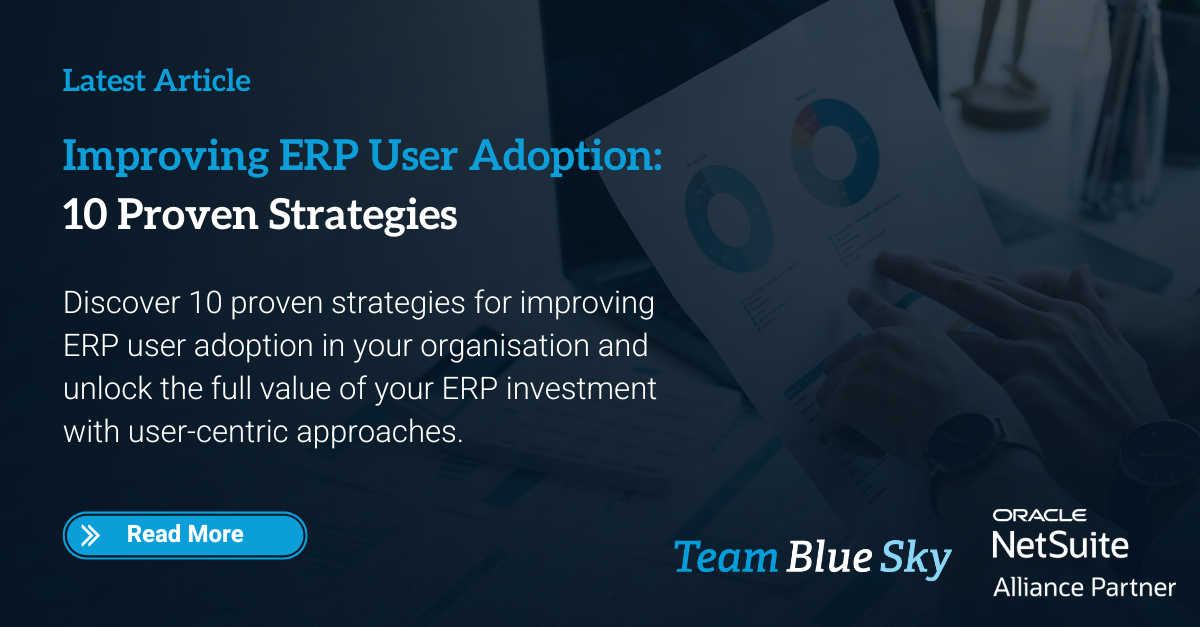NetSuite Development: Customising NetSuite to Better Fit Your Business Needs
NetSuite Development is an essential aspect of maximising the potential of your NetSuite platform to better fit your unique business needs. By customising NetSuite, you can enhance business efficiency, tailor the system to your business model, and overcome challenges. In this article, we will explore the basics of NetSuite Development, discuss the importance of customisation, outline the steps to customise NetSuite for your business, delve into the various development tools available, and examine the role of a NetSuite Developer.
Understanding the Basics of NetSuite Development
NetSuite Development refers to the process of customising and extending the functionality of your NetSuite ERP (Enterprise Resource Planning) system. As a cloud-based software, NetSuite offers a wide range of features and capabilities that can be tailored to meet the specific requirements of your business.
NetSuite Development goes beyond the out-of-the-box features provided by offering the software as standard. It allows businesses to create custom records, fields, forms and workflows that are unique to their operations. This level of customisation enables organisations to have a system that aligns perfectly with their business processes, increasing efficiency and productivity.
Automate Repetitive Tasks
One of the key benefits of NetSuite Development is the ability to automate tasks. By leveraging the powerful scripting capabilities of NetSuite, businesses can automate repetitive and time-consuming processes, such as data entry, report generation, and inventory management. This automation not only saves valuable time but also reduces the risk of human error, ensuring accurate and reliable data.
Steps to Customise NetSuite for Your Business
Customising NetSuite involves a series of steps that will help you identify your business needs and develop a comprehensive customisation plan. This ensures that your customisation efforts align with your specific requirements and objectives.
Identifying Your Business Needs
The first step in customising NetSuite is identifying your business needs. This involves analysing your current workflows, processes, and pain points to determine where customisation can provide the most significant impact.
Take the time to collect feedback from various departments and stakeholders to gain a comprehensive understanding of the changes required. This collaborative approach ensures that all relevant perspectives are considered and that the customisation efforts address the needs of the entire organisation.
During this phase, it is essential to prioritise your customisation goals. Determine which areas of your business would benefit the most from customisation and focus your efforts accordingly. By prioritising your needs, you can ensure that you allocate resources effectively and achieve the desired results.
Mapping Out Your Customisation Plan
Once you have identified your business needs, the next step is to develop a customisation plan. This plan should outline the specific changes, tasks, and timelines required to implement the desired customisations.
Start by breaking down the customisation plan into smaller milestones or phases. This approach allows for a more manageable implementation process and helps you track progress along the way. Each milestone should have clear objectives and deliverables, ensuring that you stay on track and meet your customisation goals.
Consider involving additional key stakeholders and subject matter experts in the planning process. Their insights and expertise can provide valuable guidance and ensure that the customisation plan aligns with your overall business strategy.
During the planning phase, it is also crucial to consider any potential challenges or risks that may arise during the customisation process. By identifying these early on, you can develop contingency plans and mitigate any potential issues that may arise.
Conduct User Testing
To ensure effective user testing during each sprint, it's important to engage real users in testing the customisations before they are launched. Select testers who accurately represent your user base. By closely observing their interaction with the system, pay attention to areas of difficulty. Assess whether custom fields are user-friendly, if validations and automations are functioning as expected, and if the overall performance is satisfactory. The feedback obtained from these users is invaluable in identifying any shortcomings.
To better evaluate the testing phase, implement quantitative measures such as task completion times, the number of errors, the frequency of clicks, and the rate of submissions. These metrics should be compared with the benchmarks established prior to customisation. Additionally, gathering testers' subjective opinions through surveys will provide a more comprehensive understanding of their experience.
Set Metrics for Success
It's vital to define quantifiable metrics upfront to measure the success and ROI of customisations. These may include:
- Time savings on optimised processes
- Increased adoption rates for underused features
- Higher user satisfaction scores
- Faster or fewer errors executing tasks
- Improved data accuracy
- Increased revenue with new capabilities
Compare metrics pre and post-implementation to quantify improvements. Track them over time following launch to ensure performance persists. Analyse by user segment or customisation type.
Demonstrating a clear ROI to leadership justifies the continued investment in customisations. It also highlights opportunities requiring additional enhancements.
Documenting Customisations
Maintaining comprehensive documentation of all customisations implemented is critical for ongoing operations, troubleshooting, and easing future changes. To keep code assets organised, store them in a version control system like Git with annotated commits explaining changes.
Document the purpose, design, requirements, testing, dependencies, risks, and usage instructions for each customisation. Store documents in a central repository. Keep visual diagrams mapping data flows, integration points, and the relationship between customisations. Document processes the customisation impacts.
Regression Testing
When introducing customisations that modify existing functionality or touch shared components, thorough testing will be required to detect broken flows or unintended side effects. Develop test cases for all integration points and currently functioning features that new changes may impact.
Use load testing tools to simulate high data volumes and stressed usage conditions. Test scale, performance, and reliability. Work with business owners to ensure test plans map to critical business scenarios. Verify by user testing as well. Fix defects rigorously prior to release. Without comprehensive regression testing, seemingly small tweaks can have far-reaching downstream impacts. This can lead to costly outages or data issues post-launch.
Exploring NetSuite Development Tools
NetSuite offers a variety of development tools that empower businesses to effectively customise their systems. These tools provide flexibility to extend NetSuite's functionality and automate processes according to specific requirements
SuiteScript
When it comes to customising NetSuite, developers turn to SuiteScript, the go-to tool. SuiteScript is NetSuite's powerful and flexible scripting language that allows developers to create custom scripts, extending and automating various aspects of the system. With SuiteScript, developers can build custom portlets, actions, and business logic tailored to precise needs.
Imagine the ability to create custom forms that perfectly match unique business requirements. SuiteScript makes this possible. Whether it's a form to capture specific data or a form that follows a particular workflow, SuiteScript allows for design and implementation.
SuiteScript is not limited to forms; it also enables process automation within NetSuite. For instance,. SuiteScript allows the creation of a custom workflow that automatically routes purchase orders to appropriate approvers based on predefined rules. This not only saves time but also ensures a consistent and error-free approval process.
Overcoming Challenges in NetSuite Customisation
While NetSuite customisation offers immense possibilities, it also presents certain challenges that businesses need to be aware of. Understanding these challenges and adopting best practices can help achieve successful customisation outcomes.
Keep It Simple
One common mistake people make when customising NetSuite is overcomplicating the system. It is essential to strike a balance between customisation and pre-built leading practices to avoid creating a convoluted system that is difficult to manage and maintain.
Test, Test and Test Again
Testing is a crucial step in the customisation process. Before deploying customisations to a live environment, thorough testing is necessary to identify and fix any issues or bugs. This prevents disruptions or negative impacts on the system's functionality.
Periodically Review Customisations
Regularly reviewing and updating customisations is also important to accommodate changing business needs and system updates. As the business evolves, customisation requirements may change. By regularly reviewing and updating customisations, businesses can ensure they continue to meet their needs and take advantage of new features and functionalities introduced in system updates.
The Role of a NetSuite Developer in Customisation
NetSuite Developers play a crucial role in effectively customising the NetSuite platform. They are responsible for understanding business requirements, translating them into technical solutions, and implementing customisations that align with objectives.
NetSuite Developers are highly skilled professionals who possess a deep understanding of the NetSuite ecosystem. They are proficient in NetSuite's development tools and have extensive knowledge of SuiteScript, SuiteBuilder, and SuiteFlow. These tools allow them to create customisations that meet unique business needs.
A NetSuite Developer's primary responsibility is to develop and implement customisations within the NetSuite platform. This involves writing custom scripts using SuiteScript, NetSuite's JavaScript-based scripting language. SuiteScript allows developers to extend the functionality of NetSuite and automate various processes.
Once the customisations are developed, NetSuite Developers work closely with the team to test and deploy them. They ensure that the customisations function as intended and meet business requirements. They also provide ongoing support and maintenance to address any issues or enhancements that may arise.
Ready to Add Some Magic to Your NetSuite Account?
Customising NetSuite is a strategic initiative that requires thoughtful planning, stakeholder alignment, and technical rigour to yield maximum value. While out-of-the-box NetSuite provides robust capabilities, tailoring the solution to your organisation's unique workflows and processes takes it to the next level. By following structured approaches for identifying needs, mapping requirements, executing modifications, testing rigorously, training users, and iterating continuously, companies can transform NetSuite from a generic system into a true competitive advantage.
To discuss how NetSuite development can transform your use of the system, contact TeamBlueSky's experts today. Our experienced NetSuite developers will partner with you to map your needs, design solutions, and deliver quality customisation advice.

Henry Sack
General Manager

With over 12 years of experience as a NetSuite implementation consultant, Henry Sack leads TeamBlueSky’s team of NetSuite and accounting experts in his role of General Manager.
TeamBlueSky is a leading Australian
NetSuite Alliance Partner whose mission is to provide critical
NetSuite BPO and
Payroll services to NetSuite clients who are wanting to simplify their
back office processes and partner with a leading
NetSuite administration expert.
TeamBlueSky have also partnered with global Suite Developer Network partners to offer local solutioning, implementation and support services for global NetSuite SuiteApps.




